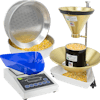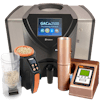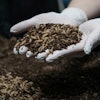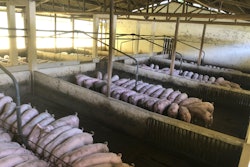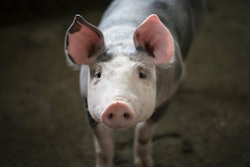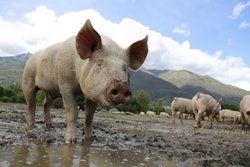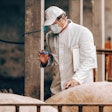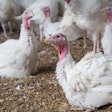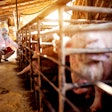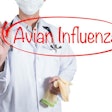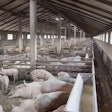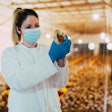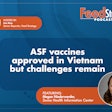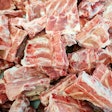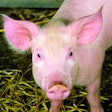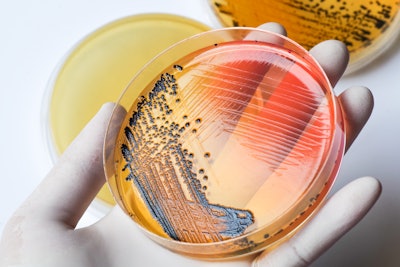
Salmonellaand other food-borne pathogens are one of the biggest challenges facing the poultry industry, but emerging technologies could help producers better combat food safety threats on the farm.
Why Salmonella is such a big deal
2022年10月,美国能源部Agriculture (USDA) Food Safety and Inspection Service (FSIS) unveiled the three components of itsproposed frameworkto improveSalmonellacontrol in poultry products.
“Although there have been large reductions ofSalmonellain processing, we’re still seeing people get sick fromSalmonellaand those illnesses are linked to contaminated poultry products,” Nikki Shariat, Ph.D., assistant professor in the Department of Population Health, Poultry Diagnostic Research Center,University of GeorgiaCollege of Veterinary Medicine, explained during an appearance on the podcastFood Safety Matters.
“Part of that is linked to increased chicken consumption in the U.S., but part of that is also linked to which specificSalmonellaserotypes are making it through the system, so to speak, and this is, in part, what the new FSIS initiative is centered on.”
Better monitoring technologies
CRISPR-SeroSeq, a deep sequencing technique developed in Shariat’s lab, can identify multiple serotypes ofSalmonellawithin a single sample.
Other next-generation sampling techniques only detect the most populousSalmonellaserotype in a strain, which may not be the most likely source of foodborne illnesses in people, and fail to identify the less common, more detrimental serotypes.
Because of this, the ability to detect multiple serotypes within a single sample could help the poultry industry develop more effective controls for preventingSalmonellaoutbreaks.
Options for pre-harvest control
There are several tools designed to improve pre-harvestSalmonellacontrol in poultry – vaccines, feed additives, pest management, intestinal health and management practices.
One innovation that has begun to gain steam for Salmonella control is the use of active live yeast. The probiotic could play a crucial role as part of a multi-hurdle food safety strategy to address USDA’sSalmonellainitiative pre-harvest.
Preliminary research revealed that active live yeast supplementation can reduceSalmonellacolonization in poultry ceca and other internal organs, in addition to breast skin, neck skin and feces.
“These are kind of neat to study because they not only impactSalmonella, but can also improve growth performance,” said Bill Potter, Ph.D., food safety technical advisor,Elanco,who also participated in the podcast.
Attend the 2023 Poultry Tech Summit
At the 2023Poultry Tech Summit, Potter will discuss the potential benefits of using active live yeast cultures in broilers, breeders and layers to reduce the incidence ofSalmonella.
The Poultry Tech Summit, scheduled for November 6-8 at the Hilton Atlanta Airport in Atlanta, Georgia, focuses on the transition of innovative technologies into commercial applications to advance the poultry industry.
Attendees can expect the same groundbreaking innovation and insightful presentations that made the previous events well-attended with deep dialogue on new prospective solutions and next-generation technologies. Poultry Tech Summit focuses on the transition of innovative technologies into commercial applications to advance the poultry industry.
Registration for this event is now open. Early bird savings are available.


